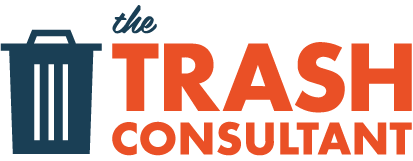When the markets were crashing in 2008 the price of fuel was increasing by the minute.. I remember sitting in my office staring at the gas station across the street and the price of fuel increased .35 cents between 6:00 am and noon. How was the trash industry going to handle this crisis?
The solution was implementing a Fuel Surcharge. The fuel surcharge would be a percentage of the customer’s monthly bill and was tied to the price of fuel through a consumer index. The customer’s bill would now fluctuate. If fuel prices continued to increase the customer’s bill would rise and theoretically if or when fuel prices fell again the customer’s monthly bill would go down…. But that’s not exactly what happened as fuel prices have lowered has it?
Let’s fast forward to 2017 and take a look at the Fuel Surcharge and fees that show up on bills today. The Fuel Surcharge has slowly switched from a necessary charge to a very convenient way for the trash industry to make more money. Some trash companies are taking advantage of a customer base that is use to seeing fluctuating monthly bills. They have simply created other fees and surcharges over the years since 2008 allowing for incremental price increases over a plethora of charges. Having a customer base that is custom to seeing their monthly bill fluctuate the trash companies are able to pass these incremental price increases on these charges/fees without the customer even realizing it the majority of time.
Let’s take a quick look at some of the most creative and popular fees you might find on a trash invoice in 2017.
- Fuel and or Energy Surcharge
- Regulatory Cost Recovery Charge
- Environmental Charge
- Recycle Material Offset
- Customer Service Assisted Payment Charge
- Admin Fee
- Container Refresh
- Container Exchange Charge
Do you see some or all of these fees on your invoice?
